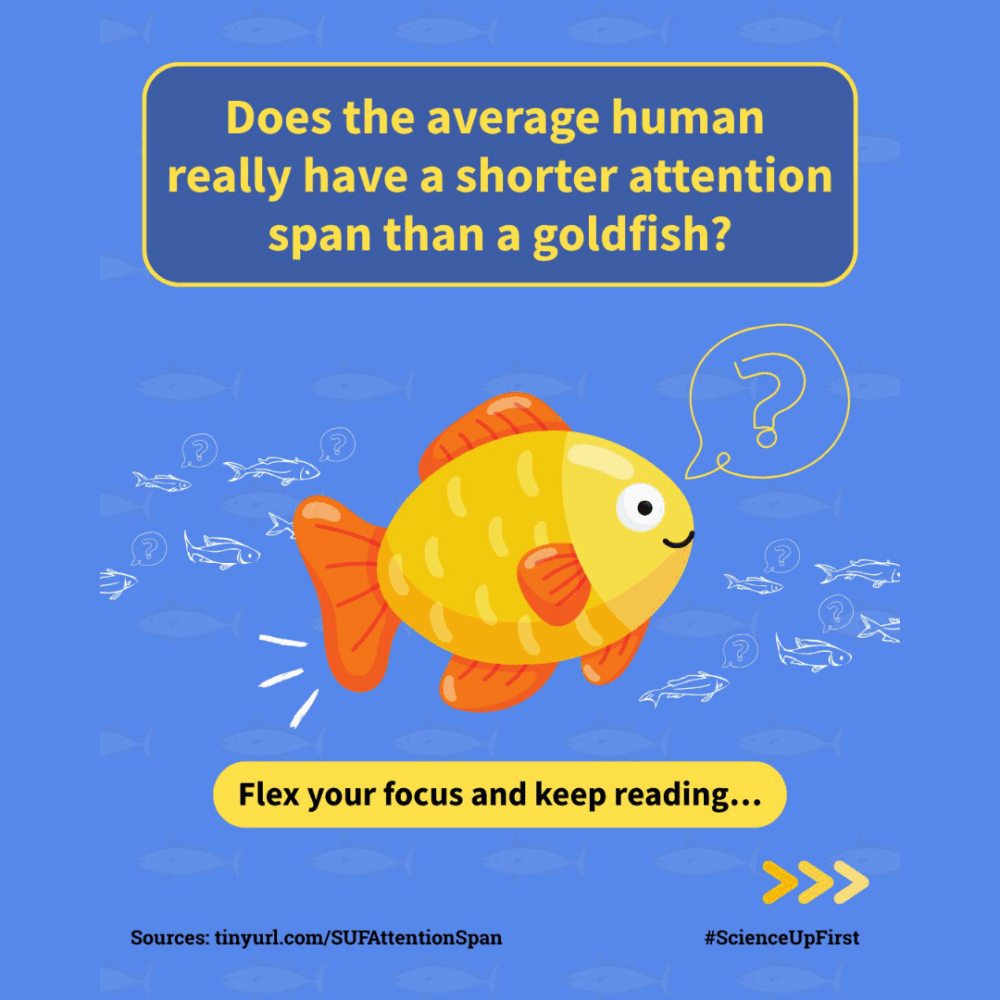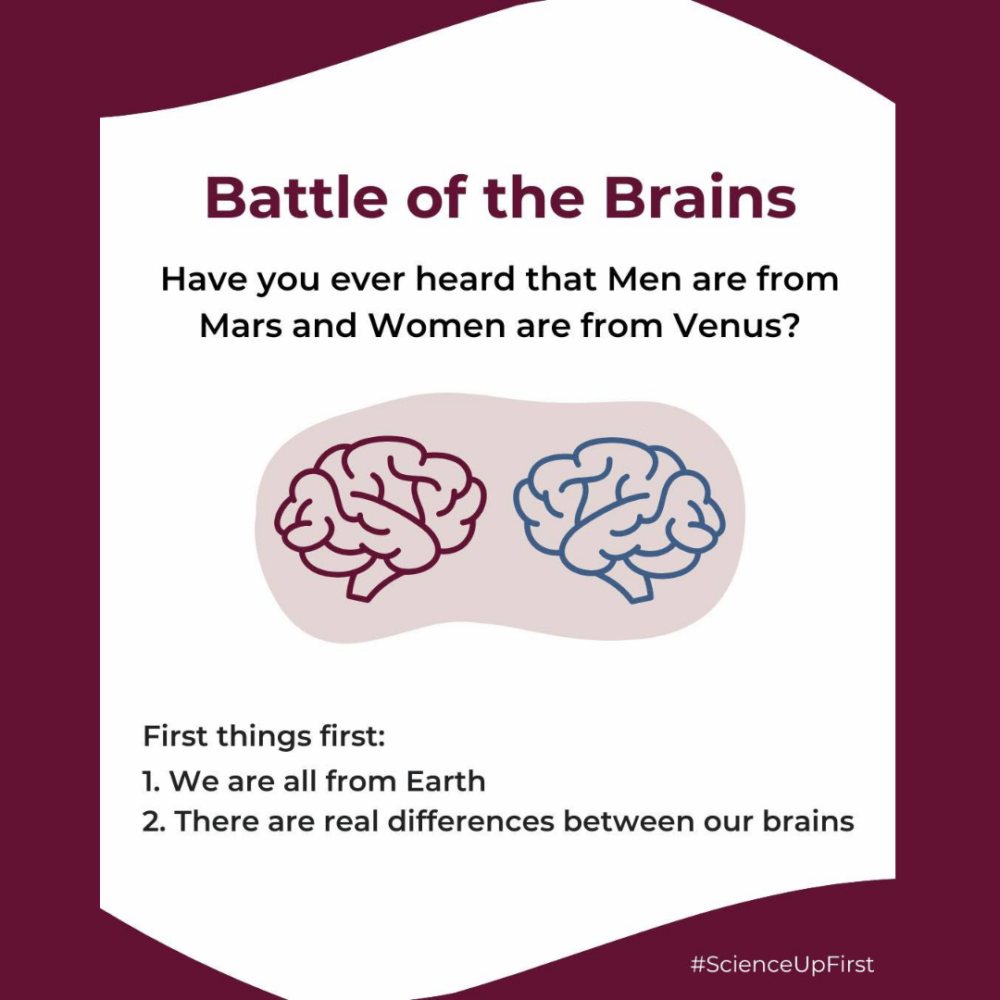
Reaching a consensus about where you and your friends should eat on Friday night is not the same as reaching a scientific consensus. Scientific consensus is not a matter of opinions, preferences, or beliefs, but describes the body of evidence (5,6,7).
How is a scientific consensus reached?
Research begins with a question and a testable hypothesis, followed by experimentation. If the findings pass peer scrutiny, they are published (check our post on the publication process – 8). Other scientists will then replicate their work – they might reach the same conclusion, add to it, or have different findings entirely (9,10,11).
The key is that any claim, especially new ones, will be received with skepticism and faced with scrutiny. Scientific knowledge is built via continuous challenging, reexamination, re-testing, and criticism of other scientists’ work. It is only when scientists keep reaching the same conclusions, despite being challenged by alternative possibilities, that a scientific consensus can be reached (7,9,12).
That is why it takes time and a lot of evidence to reach a scientific consensus. While overturning the scientific consensus is possible, it is unlikely, as it would imply that the data, experiments, and conclusions of many were misinterpreted by the majority of experts in the field (6).
Unfortunately, various tactics are often used by misinformers to create an illusion of debate around the scientific consensus:
- Disguised experts – only experts in the field have the requisite understanding to debate the consensus (6).
- Cherry picking – presenting only a few pieces of opposing evidence is not enough to invalidate the consensus (13).
- Galileo gambit – just because an idea is ridiculed or out of the ordinary doesn’t mean it’s valid (14,15).
- Doubt mongering – casting doubt without evidence doesn’t change the consensus (16).
- False balance – presenting opposing views as equally valid when one lacks scientific support doesn’t change the consensus (17,18).
Share our original Tweet!
Reaching a consensus about where you and your friends should eat on Friday night is not the same as reaching a scientific consensus.#ScienceUpFirst
[1/2] pic.twitter.com/1cW0FSRiAP
— ScienceUpFirst | LaScienced’Abord (@ScienceUpFirst) November 2, 2023
View our original Instagram Post!
View this post on Instagram
- Greater than 99% consensus on human caused climate change in the peer-reviewed scientific literature
- Scientists Reach 100% Consensus on Anthropogenic Global Warming
- Consensus on consensus: a synthesis of consensus estimates on human-caused global warming
- Expert credibility in climate change
- Scientific consensus: Earth’s climate is warming
- What Does ‘Scientific Consensus’ Mean?
- The 97% consensus on global warming
- How does a scientific paper get published? | FR : Comment un article scientifique est-il publié ?
- Naomi Oreskes: Why Should We Believe In Science?
- The real process of science
- A blueprint for scientific investigations
- Scientific Consensus and Certainty
- Cherry-Picking in the Era of COVID-19
- Misinformer Tactic: The Galileo Gambit | FR : Tactique de désinformation: L’appel à Galilée
- Galileo Fallacy
- Misinformer Tactic: Doubt Mongering | FR : Tactique de désinformation : Semer le doute
- False Balance Bias | FR : Biais de faux équilibre
- Is bothsidesism killing us? (And why scientific consensus matters)




